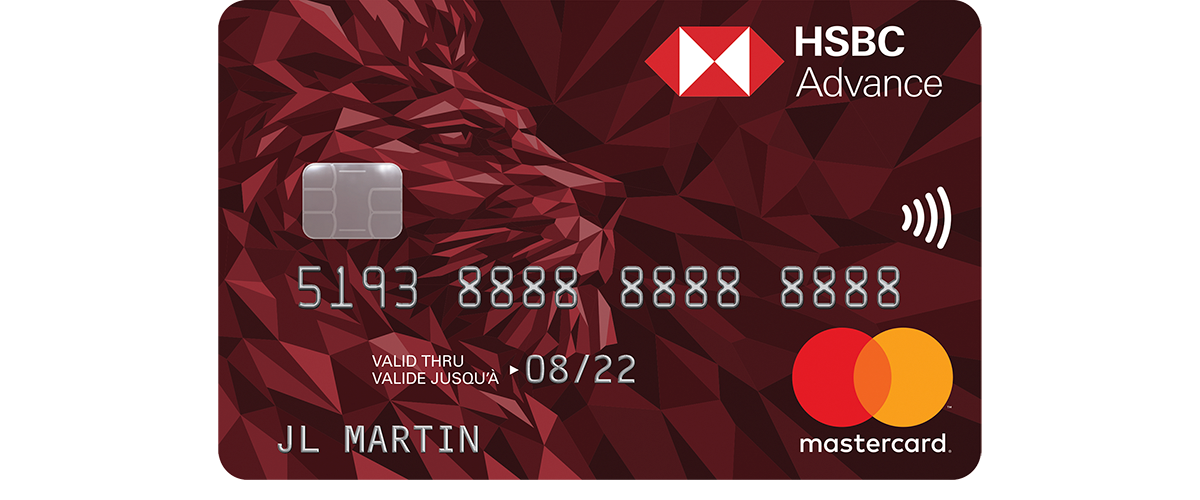Here's what you must discover mobile payment, from NFC to contactless and a lot more.
The manner by which we purchase as well as cocktails in today’s globe is switching at a super pace. Within the biggest towns of the country, group aren’t bringing wallets  own phones.
own phones.
As tech consistently upfront, those expensive small products were increasingly mounted on the sides. Precisely Why? Because they’re getting more with the capacity of holding anything we need: all of our fees records, the fitness center and commuter passes, our very own cafe support cards, and.
What makes mobile and contactless repayments possible for the most part shops and diners was a development also known as Near area Communication (NFC). NFC permits two units (a smart phone and a fees terminal) to talk to both when they’re close collectively, performing a transaction and control payment via an encrypted indication.
Making use of the development and development of this capacity, consumers are increasingly utilizing cellular money, cellular wallets, and cellular cash exchanges. In fact, cellular invest is expected to boost from $207 billion in 2018 to $360 billion by 2022, per Worldpay’s international Payments Report 2018. With such rapid growth and use, mobile costs have grown to be impossible for restaurants to disregard.
Smartphone fees use is rising
You may think that mobile fees (or having to pay by mobile) is a trend among millennials. But mobile installment purchases at point of purchase system presently take into account 9% of selling yearly.
One reason why exactly why the adoption of mobile money has increased is the raising rise in popularity of mobile money exchanges among friends. Mobile phone wallets like Venmo and Revolut have provided users with the ability to receive and send funds electronically from 1 another, eliminating the trouble of getting to settle up with money or with a bank exchange. Cellular phone revenue transfers digitize this task, stimulating and normalizing employing mobile wallets as a contactless cost approach.
Exactly how typical is it getting? More than half men and women interviewed within the SYS U.S. Consumer Payment Study (51%) mentioned they’re thinking about trying mobile wallets in place of a payment cards.
Considerably more informative data on cellular purses: Mobile purses offering an easy entry way to cellular payments, as they typically don’t call for an actual physical card or a local store trip to get create. As an alternative, cellular purses could be establish directly from a user's mobile device.
And not soleley are cellular money getting normalized: They gain both restaurateurs in addition to their friends. For friends, there’s the benefit aspect, allowing them to quickly and easily pay how they favor. Like, guests dinner at a restaurant that utilizes order and shell out at dining table can view the eating plan, generate sales, and spend straight from the handiness of her mobile device. As well as for restaurateurs, you will find additional safety advantages, buyer commitment bonuses, and quicker purchase speeds in comparison to old-fashioned payment strategies.
Let's look at the basics of mobile payments for restaurants and why you should think of implementing the capability inside bistro — if you haven’t currently.
1. Mobile Payments tend to be Safe
There are numerous concerns about the protection of mobile purchases in diners. Some cafe proprietors genuinely believe that whenever fees info is accessible through one's mobile or wearable equipment, they’re at a higher hazard for theft and fake utilize.
NFC — which we covered above — and EMV — involving cards that contain both a microprocessor chip and the old-fashioned magnetized remove for swiping charge cards — supply the same amounts of chargeback and obligation cover. But, NFC in fact offers higher security than an EMV transaction. With NFC, there’s an extra standard of security due to user phone accessibility and biometric user authorization like Apple’s FaceID.
While nonetheless improved for speeds, cellular money typically need added verification procedures for customers to accomplish a purchase, which only bolsters protection. Plus, cellular purchases aren't transmitted online while you may think. This makes cellular transactions much more secure since internet connections might be in danger of breach.
Businesses Insider has actually stated that credit data is tokenized with cellular costs, "which means that it can’t end up being obtained and useful fake deals." This tokenization are just one more way in which NFC (and mobile costs generally speaking) are far more protected than EMV deals.
